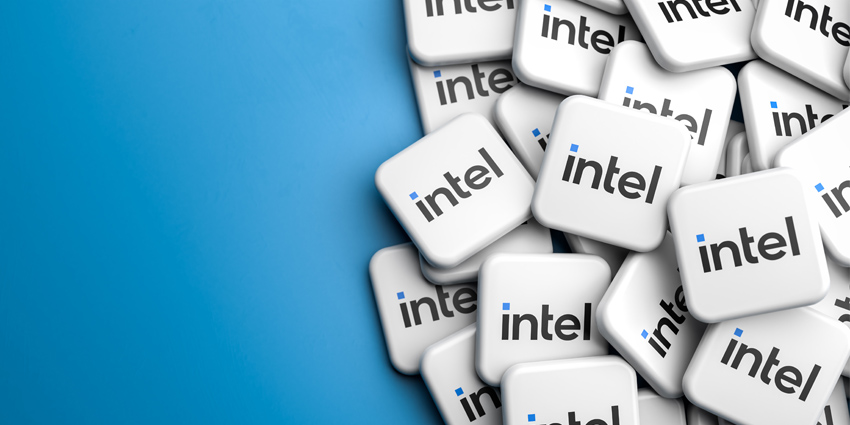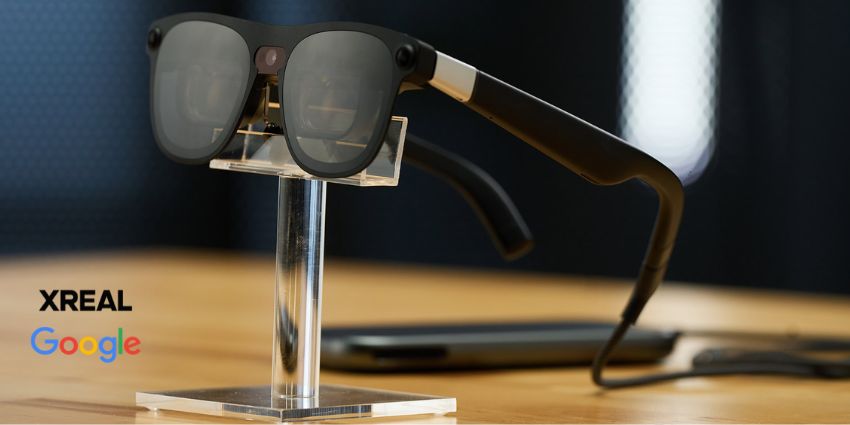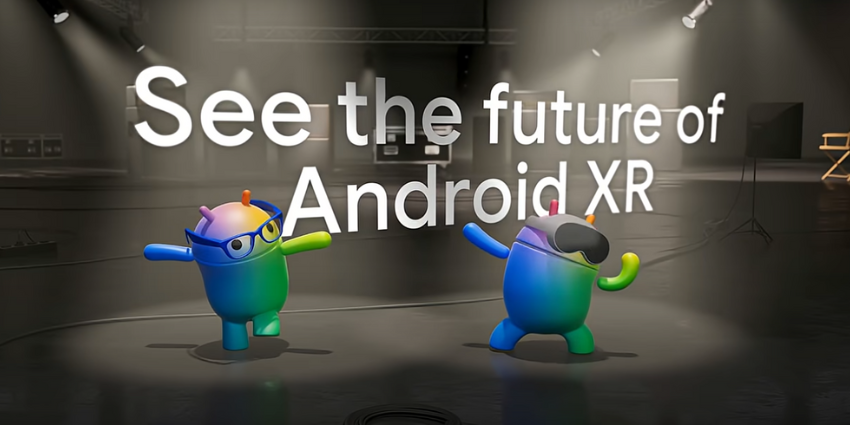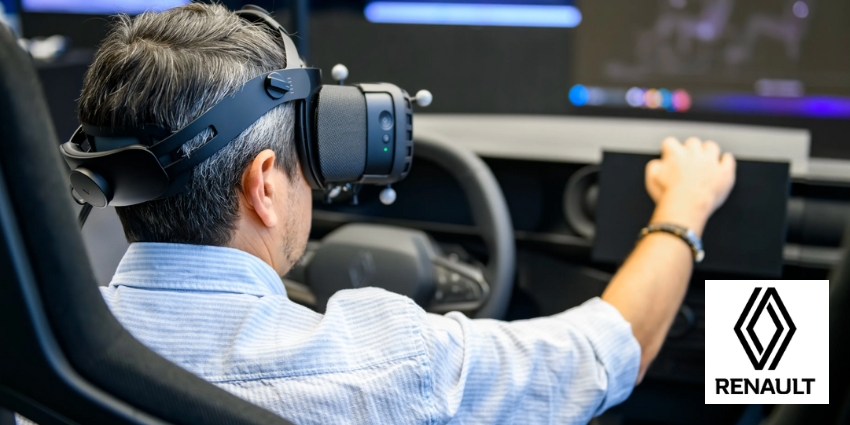Intel has introduced Blockscale ASIC, a second-generation Bitcoin mining chip, designed to decrease energy efficiency problems related to processing crypto mines, and aims to release the chip in the third quarter (Q3) 2022, it was revealed this week.
NEWS UPDATE: @intel unveils new super-powerful #bitcoin mining chip. The Blockscale ASIC is designed to enable greener Proof-of-Work (PoW) and delivers a 580 GH/s hash rate. pic.twitter.com/qKXjttSIZR
— 🥷 Gokhshtein Media (@gokhshteinmedia) April 5, 2022
According to Jose Rios, Intel’s General Manager of Blockchain and Business Solutions in the Accelerated Computing Systems and Graphics Group, the Blockscale ASIC will assist Bitcoin mining groups in reaching “sustainability and hash rate scaling objectives” over the next few years.
He added,
“We’re proud to collaborate with and provide solutions to companies that are creating a more sustainable cryptocurrency ecosystem globally”
Blockscale improves sustainability while processing large-scale Bitcoin mining operations by integrating hash operating systems and ultra-low voltage circuits, which work to enhance computing power without compromising energy efficiency.
The Santa Clara-based firm uses a dedicated secure hash processor that reaches hash rates of roughly 580GH per second while maintaining a 26 J/TH in power efficiency, while stabilising temperatures and voltages with built-in sensors.
Firms such as Argo Blockchain, Block Inc, Hive Blockchain Technologies, and GRIID Infrastructure have already signed up as the first companies to build innovative Blockscale ASIC-integrated systems.
Intel also plans to supply prospective customers with hardware next year to match their Bitcoin mining sustainability goals.
Ending Intels Immersive Division
The news comes after the Santa Clara-based firm ceased operations at its RealSense computer vision department last August, Intel’s immersive hardware and components division tasked with developing LiDAR scanners, stereoscopic, and coded light camera technologies for extended reality (XR) wearables.
The winding down of RealSense come as Intel announced it would refocus on “advancing innovative technologies that better support our core businesses and IDM 2.0 strategy.”
In contrast, Samsung rebooted its XR divisions this year by hinting at a new XR headset designed for Metaverse immersive experiences. Samsung shifted focus of its XR ambitions with fresh Odyssey and Gear virtual reality (VR) headsets in 2017 and 2015, respectively.
Additionally, other global technology leaders are filling gaps in the XR marketplace. HP recently debuted an XR Device Management Software as a Service (SaaS) Platform at the Immerse Global Summit’s online Metaverse 2.0 event, enabling firms to manage VR hardware distribution across workforces.







